Search Suggestions
- Gold Loan
- Money Transfer
- Mutual Funds

Reverse Repo Rate vs. Repo Rate: Key Differences You Must Know
The repo rate is the interest rate at which a country’s central bank, such as the Reserve Bank of India (RBI), lends money to commercial banks when they face a shortage of funds. The full form of repo rate is Repurchase Agreement Rate. It is a crucial monetary policy tool used to control inflation and liquidity in the economy. When the repo rate increases, borrowing becomes more expensive for banks, leading to higher interest rates for businesses and consumers, ultimately reducing spending and controlling inflation. Conversely, a lower repo rate encourages borrowing, boosting investment and economic growth.
Table of Content
- What Is The Purpose Of The Repo And Reverse Rate?
- Impact on Personal Loans
- Difference Between Repo Rate and Reverse Repo Rate:
Whereas, the reverse repo rate is the rate at which commercial banks deposit their surplus funds with the RBI in exchange for interest. It is used by the central bank to absorb excess liquidity from the banking system, helping to control inflation and stabilise the economy. A higher reverse repo rate encourages banks to park more funds with the RBI, reducing money supply in the market, whereas a lower reverse repo rate promotes lending and economic expansion.
What Is The Purpose Of The Repo And Reverse Rate?
When it comes to the repo rate it serves as a primary monetary policy tool to regulate inflation and liquidity. An increase in the repo rate makes borrowing more expensive for banks, leading to higher interest rates for consumers and businesses, thereby helping to control inflation. Conversely, a decrease in the repo rate lowers borrowing costs, encouraging spending and investment to stimulate economic growth.
Conversely, when the reverse repo rate is increased, banks are incentivised to park more funds with the central bank due to higher returns, reducing the money supply in the market. Lowering the reverse repo rate discourages banks from depositing funds with the central bank, encouraging lending to consumers and businesses.
Impact on Personal Loans:
Changes in the repo rate directly affect personal loan interest rate. When the RBI reduces the repo rate, commercial banks benefit from lower borrowing costs, which can lead to reduced interest rates on personal loans, making borrowing more affordable for individuals.
Conversely, an increase in the repo rate raises banks' borrowing costs, often resulting in higher personal loan interest rates for consumers. It's important to note that the transmission of repo rate changes to personal loan rates depends on various factors, including the bank's policies and prevailing economic conditions.
Difference Between Repo Rate and Reverse Repo Rate:
- Function: The repo rate is used by central banks to inject liquidity into the banking system, while the reverse repo rate is employed to absorb excess liquidity.
- Impact on the Economy: An increase in the repo rate can help control inflation by making borrowing costlier, whereas an increase in the reverse repo rate can reduce liquidity, encouraging banks to lend less.
Understanding these rates is crucial, as they influence various aspects of the economy, including loan interest rates, inflation control, and overall economic stability.
Parameter | Repo Rate | Reverse Repo Rate |
| The rate at which the RBI (or central bank) lends money to commercial banks. | The rate at which commercial banks lend money to the RBI (or central bank). |
Lender | RBI (Central Bank) | Commercial Banks |
Borrower | Commercial Banks | RBI (Central Bank) |
Purpose | Helps manage short-term fund shortages for banks. | Helps control excess liquidity in the economy. |
Interest Rate | Comparatively higher | Comparatively lower |
Based On | Repurchase agreements | Reverse repurchase agreements |
| A higher repo rate increases borrowing costs for banks, making loans more expensive. | A higher reverse repo rate encourages banks to park funds with RBI, reducing money circulation in the economy. |
Understanding the difference between repo rate and reverse repo rate is essential, as both are crucial monetary policy tools that impact the economy. The repo rate influences borrowing costs, affecting personal loan interest rates and overall economic growth.
On the other hand, the reverse repo rate helps regulate excess liquidity, stabilizing inflation. When the repo rate rises, loans become more expensive, while a lower repo rate makes borrowing cheaper. Similarly, a higher reverse repo rate reduces the money supply in the market. Keeping track of these rates helps individuals and businesses make informed financial decisions regarding loans and investments.
- Instant Personal Loan
- EMI Calculator
- Document Required
- Track Personal Loan
- Interest Rate
- Procedure and Eligibility
CATEGORIES
OUR SERVICES
-

Credit Score
-

Gold Loan
-

Personal Loan
-

Cibil Score
-

Vehicle Loan
-

Small Business Loan
-

Money Transfer
-

Insurance
-

Mutual Funds
-

SME Loan
-

Corporate Loan
-

NCD
-

PAN Card
-

NPS
-

Custom Offers
-

Digital & Cashless
-

Milligram Rewards
-

Bank Mapping
-

Housing Finance
-

#Big Business Loan
-

#Gold Loan Mela
-

#Kholiye Khushiyon Ki Tijori
-

#Gold Loan At Home
-

#Sunherisoch
RECENT POSTS

Struggling with low CIBIL? Here’s How a Gold Loan Can Still Get You Funded
Know More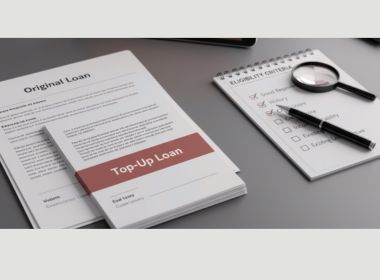
What is a Top-Up Loan? Eligibility Criteria Explained
Know More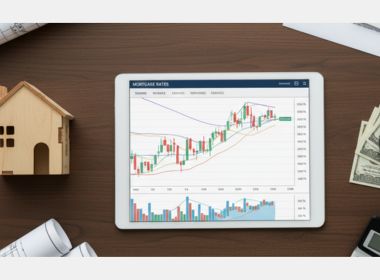
Top Factors That Influence Mortgage Loan Interest Rates
Know More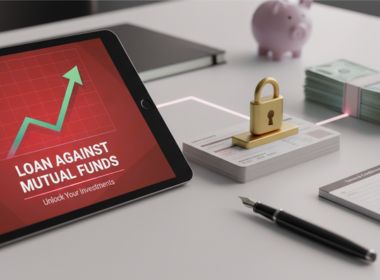
What is a Loan Against Mutual Funds and How Does it Work?
Know More
What is Working Capital? Meaning, Formula & Importance
Know More
Understanding KDM Gold and Why it’s Banned
Know More
Gold loan boom: 3,000 new branches to open in India in 12 months
Know More
Gold Loan Boom: Rs 14.5 lakh crore market spurs NBFCs to add 3,000 branches
Know More
How BNPL Affects Your Credit Score
Know More
Inside the Muthoot money machine: How a Kerala family turned gold loans into a billion-dollar empire
Know MoreFIN SHORTS

What Are Co-Pay and Deductibles in Insurance Policies?
Know More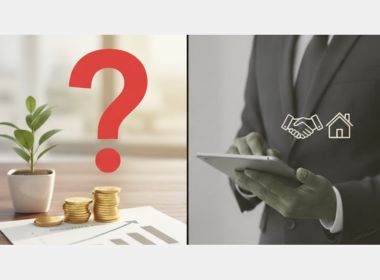
Should You Take a Loan Against Your Mutual Fund or SIP?
Know More
Top 5 Best Mid-Cap Mutual Funds to Watch in 2026
Know More
Are Personal Loans Right for Retirees? Key Points to Consider
Know More
What Happens to a Personal Loan After the Borrower Dies?
Know More
Best Loan Choices for Credit Scores of 580 and Below
Know More
7 Reasons Why a Gold Loan Is the Best Option for Small Businesses
Know More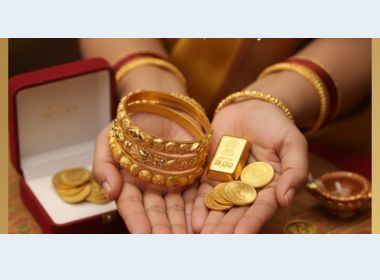
10 Reasons Why People in India Prefer Physical Gold
Know More
Real Estate vs Gold: Which Is a Better Investment in India?
Know More
10 Common Mistakes That Make Investors Lose Money in Mutual Funds
Know More
10 Reasons Why Gold Has So Much Appeal in Uncertain Times
Know More
7 Ways Settling Debt Can Impact Your CIBIL Score
Know More- South +91 99469 01212
- North 1800 313 1212


